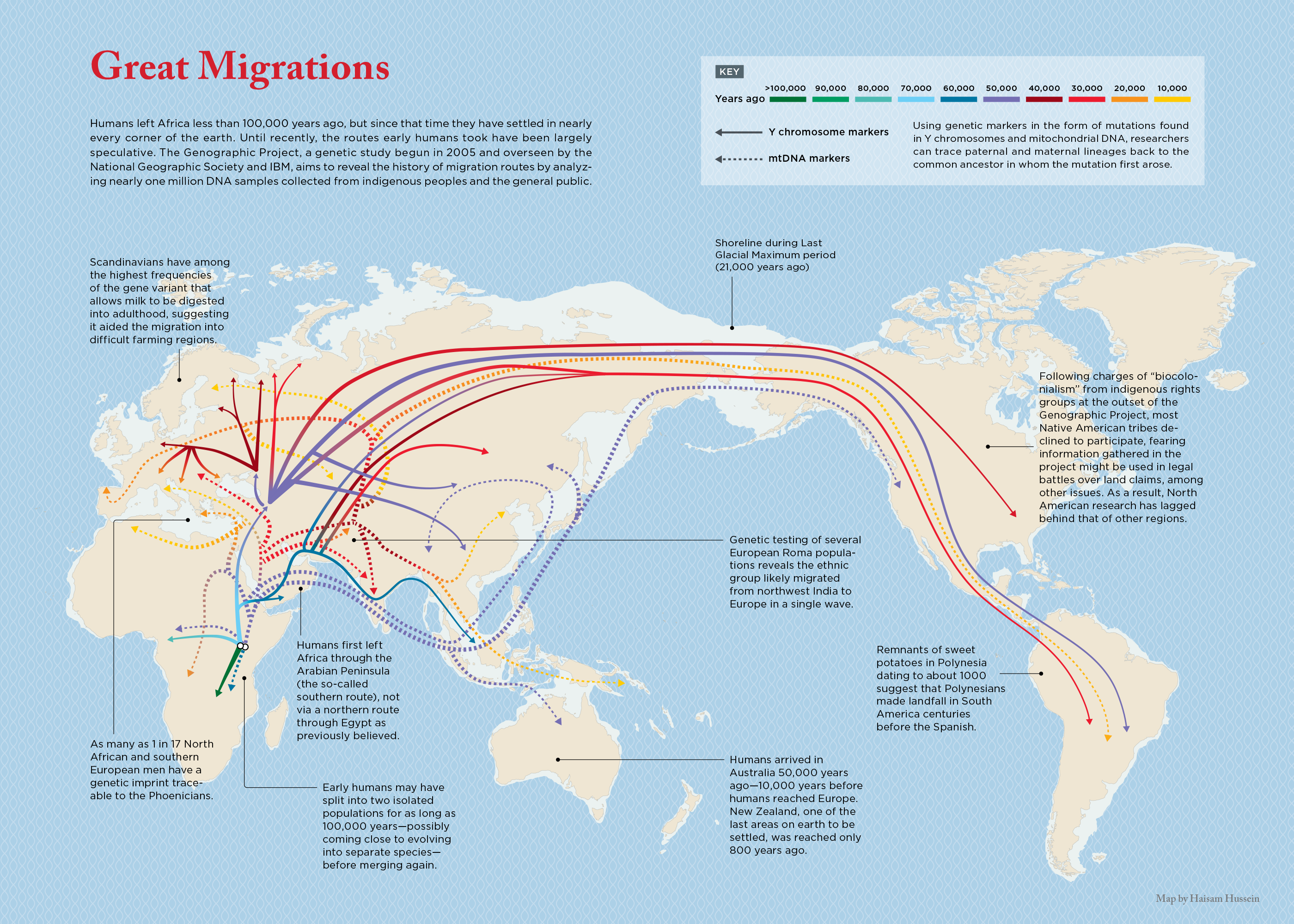Migration is a concept that resonates with all of us, whether we realize it or not. It has shaped humanity’s course throughout history, influencing cultures, economies, and societies alike. As younger generations find themselves at the intersection of globalization and rapidly changing geopolitical landscapes, understanding migration is more crucial now than ever. From refugees seeking solace to millennials relocating for job opportunities, the reasons for moving are as diverse as the people who embark on these journeys. Let’s delve deeper into this fascinating phenomenon, exploring its nuances and significance in the modern age.
The very essence of migration is change—a transformative journey often ignited by necessity. Whether fleeing conflict, escaping oppressive regimes, or pursuing economic betterment, individuals embark on arduous paths filled with uncertainty. Today, global migration continues to expand, driven by myriad factors, each contributing to a complex tapestry of human movement.
Globally, millions of individuals annually traverse borders, with the United Nations estimating over 280 million international migrants in 2020. This statistic encapsulates diverse experiences encompassing labor migrants, refugees, asylum seekers, and even expatriates. Young people are acutely aware of these dynamics, particularly in an era when social media and technology facilitate cross-cultural exchanges and create communities across continents.
Consider the plight of refugees. Forced migration due to conflict or persecution is not merely a statistic—it is a harrowing tale of individuals and families uprooted from their homes. In recent years, the Syrian Civil War has displaced millions, catalyzing one of the most significant refugee crises in history. Young people, often more empathetic and globally minded, resonate with these experiences through powerful narratives shared on platforms like Instagram or TikTok. Familiarizing themselves with such stories cultivates awareness, fostering solidarity and urging them to take action.
On the other hand, economic migration represents a different facet of this global phenomenon. As the job market evolves, young professionals frequently seek opportunities beyond their home countries. In a world where remote work has garnered unprecedented traction, the concept of migration has transcended geographic boundaries. Digital nomadism—a trend where individuals work remotely while traveling—epitomizes this shift. Young individuals are harnessing technology to curate freelance careers, exploring countries with vibrant cultures, and establishing connections that enrich their lives both personally and professionally.
However, migration extends beyond economic and humanitarian impulses; it also serves as a bewildering controller of cultural exchange. Take food culture as a prime example. World cuisines amalgamate in urban centers due to the influx of migrants, creating a rich melange of flavors and traditions. Young audiences are particularly enamored with food. They embrace culinary diversity, exploring fusion cuisines, attempting to replicate international recipes at home, and ultimately broadening their palate. This gastronomic adoption reflects a broader acceptance of cultural differences, enhancing communal bonds and personal identity.
In addition to economic and cultural layers, it is vital to address the environmental influences driving migration. Climate change alters landscapes, disrupts agriculture, and intensifies natural disasters, compelling people to vacate their homes. As rising sea levels threaten coastal regions and prolonged droughts devastate farmland, vulnerable communities find themselves facing climate-driven displacement. Young environmental activists highlight these issues, galvanizing action to reverse climate change while advocating for policies that protect those displaced. The intersectionality of migration and climate change presents an urgent call for collaboration and innovation in tackling these global challenges.
Notably, discussions surrounding migration also grapple with its contentious nature. Hostility towards migrants, fueled by misconceptions and fear, often leads to divisive political rhetoric. Young individuals play a pivotal role in combating these narratives. They leverage social media campaigns to amplify underrepresented voices, advocate for inclusive policies, and challenge stereotypes surrounding migrants. Such activism fosters a culture of empathy, steering public discourse toward integration rather than exclusion.
As technology continually reshapes connectivity, migration will reinvigorate the global landscape. Applications allow individuals to network globally, tapping into diverse skill sets and multilingual talents. Whether it’s through studying abroad, virtual internships, or online collaborations, young people can navigate the intricacies of migration that define their generation. Understanding these patterns can ignite an interest in global affairs, encouraging even the most apathetic to engage in discourse surrounding migration, human rights, and social justice.
Ultimately, migration is an ongoing phenomenon that reflects humanity’s resilience and adaptability. It challenges the boundaries of nation-states while prompting deeper dialogues about identity, belonging, and societal progress. For the younger generation, the imperative to grasp the significance of migration is manifest—friends, films, and social media illuminate unique perspectives, while personal experiences compel them to seek a more inclusive world. By engaging with the complexities of migration, today’s youth can emerge as informed advocates, steered by a shared commitment to empathy and understanding, ultimately shaping a more cohesive global community.









Leave a Comment